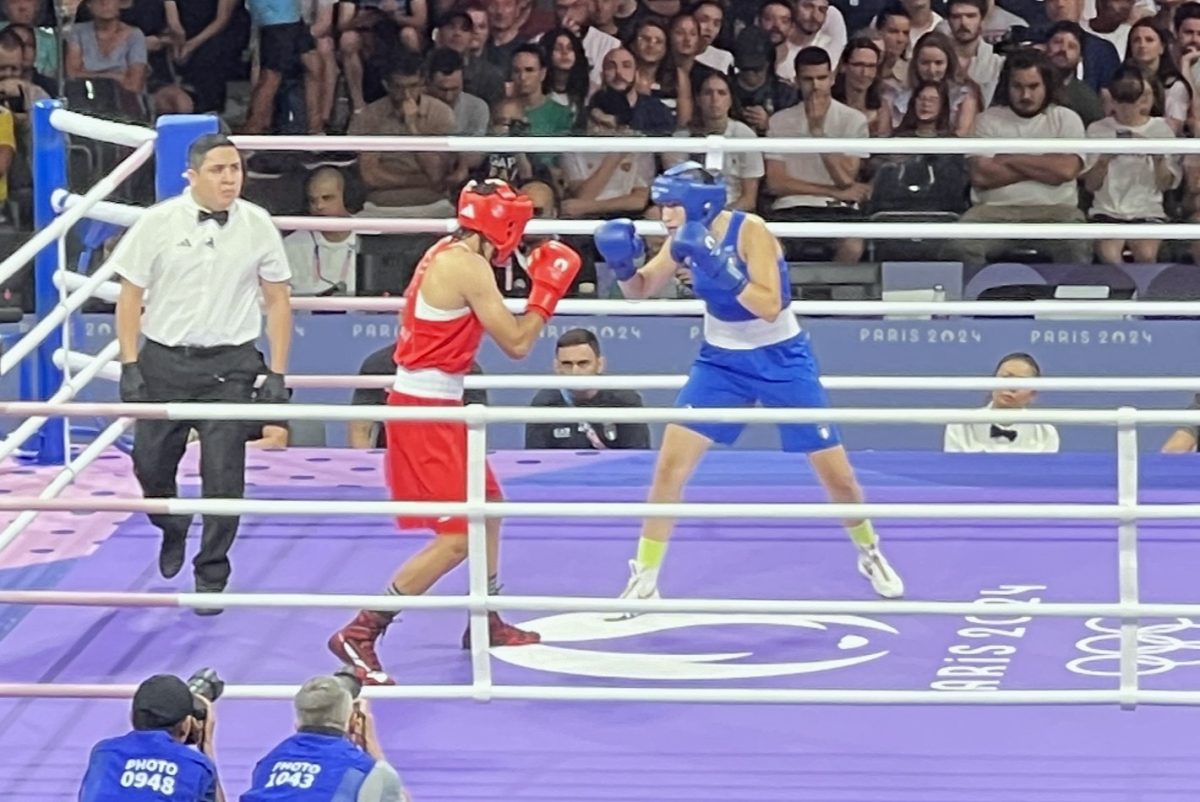The sun glares down on your back as you adjust your beach towel. The water is warm, the weather balmy, and for once, your bathing suit isn’t giving you rashes. You reach sleepily for your steamy Colleen Hoover beach read and a . . . piping-hot pumpkin spice latte?
Everyone knows about the way that global warming affects the seasons, making summer longer and hotter each year. I’m here today, however, to inform you about a group of far more insidious villains — the premature pumpkin pushers. Every time summer rolls around, it seems we can barely enjoy it for eight weeks before it’s autumn again.
This year, Starbucks released their autumn drink lineup on Aug. 24. For reference, fall officially begins on the autumn equinox, which is Sept. 22 or 23 depending on the year. That’s almost a whole month of summer that the coffee company stole from me.
Before anyone accuses me of being a hater, let me preface this article with the fact that fall is objectively the best season. Who can resist the sound of leaves crunching like rat skeletons, the weather turning so cold that you can’t go out without 15 layers of wall insulation, and hordes of sugar fiends descending upon your house on Halloween? Not me, that’s for sure.
However, I am a believer in the power of time and place. One of my favorite movies of all time is Tim Burton’s “The Nightmare Before Christmas.” The intricate stop-motion animation of Halloweentown is so charming and evocative that it convinces viewers of the incongruence of Jack Skellington and Christmas better than any of the characters ever could.
Imagine if the ghouls in that movie were sipping pina coladas instead of plasma. Wouldn’t you feel the same cognitive dissonance that I do when drinking autumn spice anything in 90-degree heat? It’s still time for summer food, clothing, and decorations, not Halloween, Thanksgiving, or, worst of all, Christmas.
The biggest culprit in this attempt to force autumn upon us is the back-to-school scam. I still remember July 17 this year, when I first heard an advertisement for backpacks from Costco and thought I was hallucinating. We college students had been out of class for two months at that point, but the poor K-12 children had only been home for a few weeks and were already being indoctrinated.
In all seriousness, the idea of romanticizing the transition between seasons is sweet and could help students who struggle with change and the increase in academic responsibility when fall begins again. Seasonal depression and moodiness are real problems — seasonal affective disorder is estimated to affect up to three percent of the population, according to a study by Boston University. Although autumn and winter are considered the seasons of death and darkness, seasonal beverages, foods, clothing, and traditions can help build appreciation for these inevitable times of the year.
However, I think the introduction of these items is most effective when autumn has actually begun. Fall styles focus on layering and boots because of the unfriendly weather, and foods are spiced because these condiments help to warm you after traveling in the cold. I might be a traditionalist, but I don’t think such autumn-specific items can be fully appreciated in the summer.
Of course, Starbucks cares more about the 10% sale volume increase in the first week of pumpkin spice than my opinion. And maybe I’m wrong — are Miami residents supposed to drink fruit smoothies all year round? Everyone is entitled to their own opinion, but I’ll be enjoying my pumpkin spice in October.































